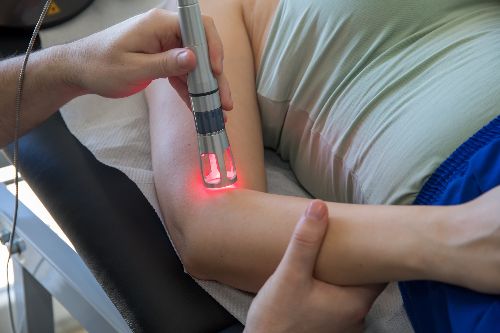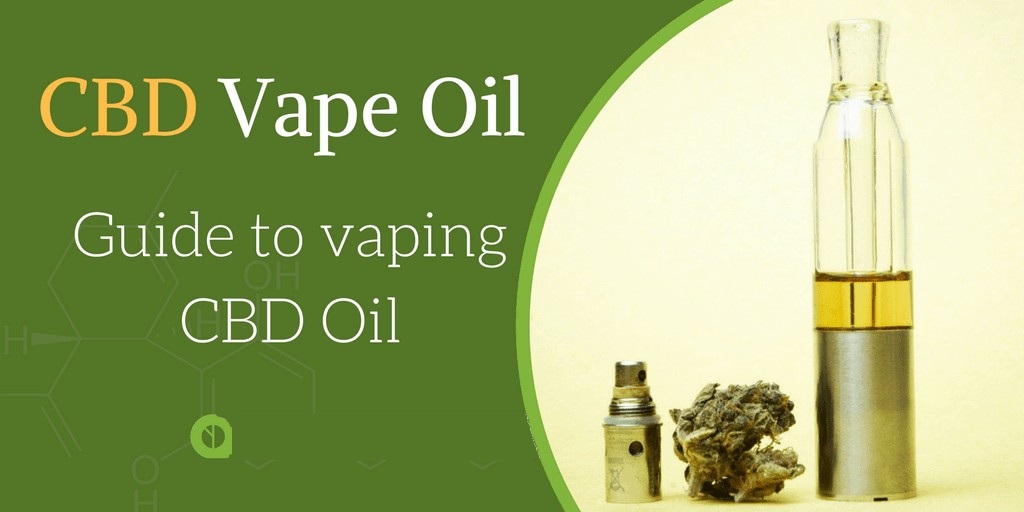Low Level Laser Therapy (LLLT) utilizes the healing properties of light to provide an alternative to medication and surgery for many people. LLLT is painless. A low level of light is shone upon the skin so that your mitochondria absorb that light then work more productively to heal surrounding tissues.
You might be wondering if low level laser therapy is right for you or if it can benefit your condition. Let’s discuss the advantages, disadvantages, and the benefits of LLLT to help you decide.
Advantages and Disadvantages of LLLT
Low level laser therapy has the following pros:
- You can lose weight faster if you are on a diet and exercising regularly
- You can ease pain and lethargy
- Soothe swelling in overworked muscles
- Improve your muscle tone
- Help cells grow
- No negative side effects
- Can reduce the necessity of surgery for some conditions
- Helps you regain range of motion and reduces stiffness in joints
Now, let’s consider the disadvantages of LLLT:
- You cannot receive low level laser therapy if you have compromised thyroid function, such as hyperthyroidism.
- You will need to wear protective glasses, since looking directly into the light will damage your eyes.
- You shouldn’t get LLLT if you have cancerous lesions. Since LLLT causes cells to regenerate, exposure to the therapy may cause cancer cells to proliferate.
- You cannot get LLLT if you are pregnant. The effect of the laser on a developing fetus is unknown.
Reasons To Try Low Level Laser Therapy
Many medical conditions have been responsive to LLLT through clinical studies. If you are struggling with managing the pain of certain conditions or injuries, low level laser therapy may provide relief. Here are some of the medical issues that can benefit from LLLT:
- Frozen shoulder
- Osteoarthritis
- Healing injuries or surgical incisions
- Lower back pain
- Stiff muscles
- Rheumatoid arthritis
- Fibromyalgia
- Tendinopathy
- Joint pain
Furthermore, many international health organizations have agreed that low level laser therapy is effective. The World Health Organization (WHO) has cleared LLLT for neck pain, and the American Physical Therapy Association (APTA) mentioned that LLLT can soothe Achilles tendonitis. Furthermore, the International Association for the Study of Pain (IASP) has indicated the usefulness of LLLT for myofascial pain.
Lastly, over 400 randomized controlled trials done within these organizations among others have concluded that low level laser therapy does not merely reduce inflammation. It can speed up healing and improve the quality of life for many patients.
Now that you know more about LLLT, you might be wondering where you can find it near you. Locally, there are physical therapists, massage therapists, chiropractors, acupuncturists, and other medical professionals who are using low level laser therapy. You are bound to find a healthcare professional to provide you with what you need.











